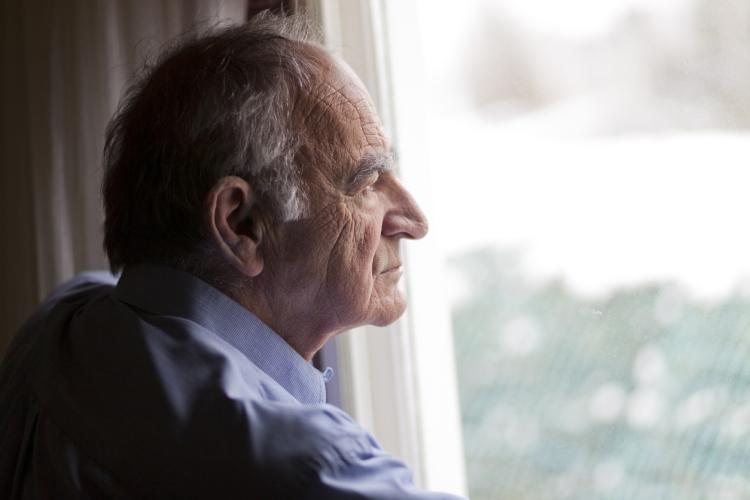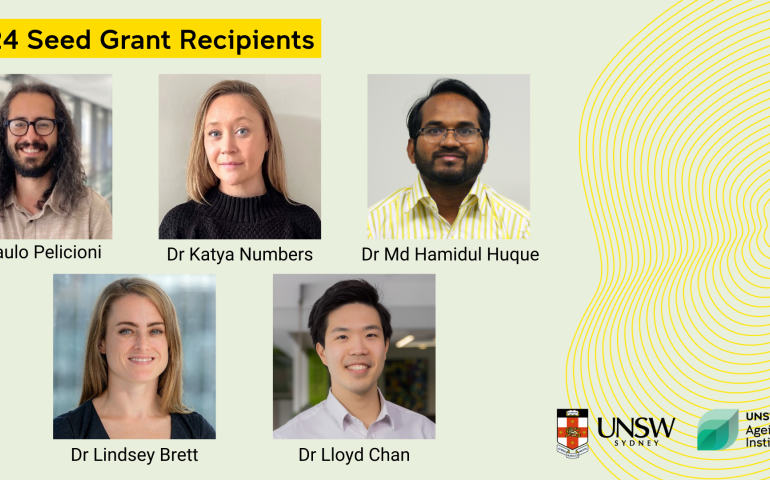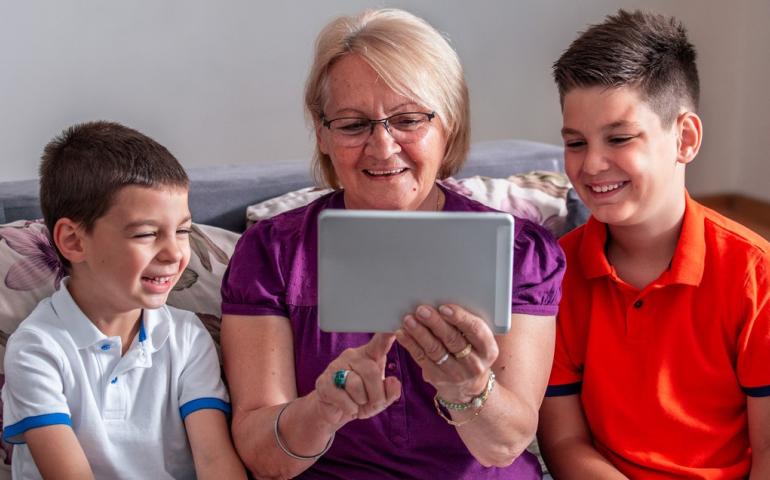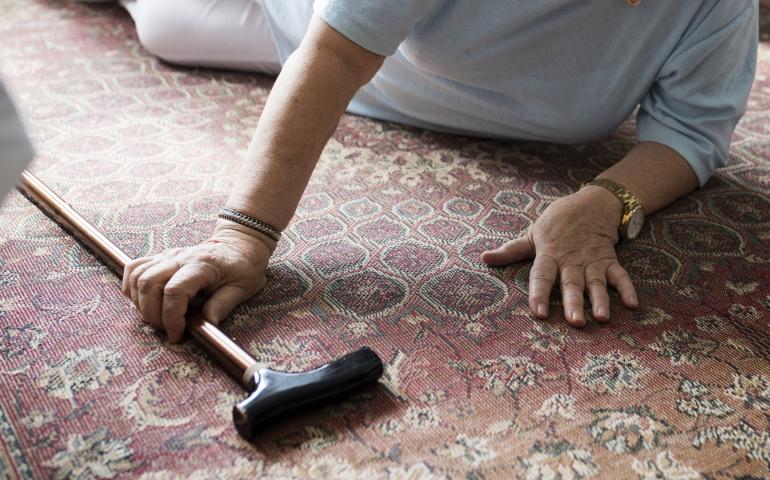Recent research has studied some of the needs of older people who have self-harmed to inform guiding principles for appropriate Aftercare.
Older people, particularly men over 85 years, have the highest rates of suicide across any age group in Australia. However these numbers are not well known or publicised and consequently there are relatively few interventions or programs targeting older people for suicide prevention.
Associate Professor Claudia Hillenbrand, Director of Research Imaging NSW (RINSW), shares with the Institute an overview of the facility – including how it can be used for ageing research and how members are able to access this infrastructure.
Tell us about Research Imaging NSW
Researchers from UNSW, HammondCare, and The University of Sydney are working to understand how to drive uptake of evidence-informed reablement and rehabilitation within the community aged care sector for Australians living with dementia.
Recent work by Institute members have analysed the World Health Organisation's (WHO) impact on age-friendly policymaking across different levels of Australian governments.
A recent study exploring the transport experiences of older Aboriginal people has identified several ways for shaping the transport system so that it better serves these communities and begins to facilitate equity in access and mobility.
Institute members have collaborated on a perspective piece on the dynamism of gender across the life-course.
Gender is a complex social construct. Contemporary discussions of gender continue to evolve, and it is now well understood that scientific approaches to the study and measurement of gender are not sufficient to capture real-world experiences of gender dynamism across time.









